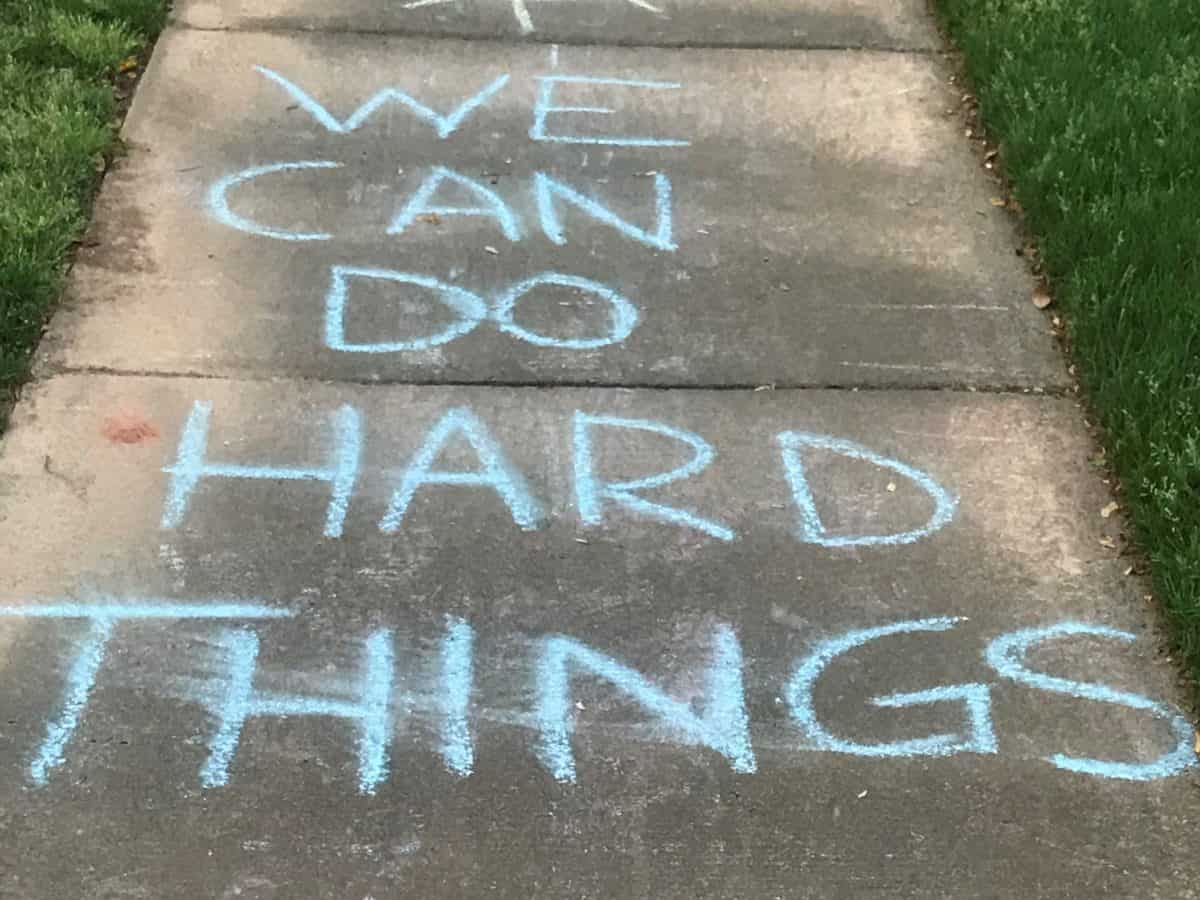

“Can we use this crisis to think futuristically about how we can meet the needs of all learners?”
That was the question being asked and answered in a virtual, cross-sector discussion today hosted by the Friday Institute for Educational Innovation (FI) at N.C. State. Dr. Hiller Spires, the executive director of the FI, moderated the conversation, which included JB Buxton, who serves on the State Board of Education; Dr. Anthony Jackson, North Carolina’s superintendent of the year and superintendent of Vance County Schools; Dr. David Stegall, deputy state superintendent of innovation at the state Department of Public Instruction; and Jean Davis, the CEO and president of MCNC, which delivers the internet via 4,000 miles of fiber across the state, according to its website. More than 110 people listened in.
Spires said educators are working to figure out how to conduct school during COVID-19, and “we are called to think differently about how we serve students.” The conversation focused on issues of equity and remote learning.
Jackson kicked off the Zoom webinar — it’s worth listening to his remarks in full below — and concluded “education is never going to be the same again.”
Jackson noted several lessons, including that educators are resilient, equity must be central, the need to rethink everything about teaching and learning, and “compliance shouldn’t eclipse common sense.” He said our current education system was “built around students already engaged.”
Stegall spoke after Jackson, saying, “we are not equipped as a state with fully functional infrastructure.” He continued, “Broadband and internet access is a basic foundational element to success for providing digital equity. … Everyone deserves access.”
Stegall talked about the challenges in transitioning to remote learning from the tactical differences of “remote pedagogy” to the practical realities of how teachers “reach every student in the way that they deserve.”
Beyond teaching and learning, he noted the challenges in providing food service, social and emotional support, academic support for students with learning differences, internet access, and mental health services. “Education is the backbone of all we do in a community,” Stegall said.
“We’ve got to get away from traditional attendance boundaries and district names and schools and higher ed versus K-12 and external partners,” said Stegall. “We’re all support for students, and we should all be building that collective capacity.”
“When given opportunities to innovate, districts, schools, teachers, and communities are leaders.” — Dr. David Stegall, Deputy Superintendent of Innovation
“This is going to be a new way of education going forward, and we need to embrace that,” concluded Stegall.
JB Buxton, a member-at-large on the State Board of Education, said, “we should all assume that the ubiquitousness of internet connectivity and device access is going to be on the agenda, and we should assume and in some ways demand that that be done, and that is clearly not just for education but for health care.”
“To the workplace, ubiquitous connectivity across the state for economic development is critical.” — JB Buxton, State Board of Education
Buxton discussed three challenges facing the education system — remote learning, the school calendar, and the differences in the challenges faced for elementary, middle, and high schools.
He said the move to remote learning has been more difficult than it needed to be. Going forward, base equality, Buxton said, should include providing teachers with high-quality instructional materials, curricular resources, clear lesson plans and units of study, and engaging activities for the academic year.
The school calendar, he said, is not designed for these kinds of moments of disruption.
And Buxton noted that the challenges faced during this pandemic are different for K-5 students, a student population where this much screen time and resilience don’t go hand-in-hand. In grades six through eight, Buxton highlighted the challenges given the social and emotional development needs of that student population.
But high school, he said, is a different story.
“If we assume ubiquitous connectivity and device access, what does that allow us to do?” — JB Buxton, State Board of Education
Learning from our state’s experience with early colleges, Buxton said, “There are different forms of school that address different kids needs. We’ve learned something about collaborative institutions that pull together our high schools and community colleges and universities. I think this moment shows us — again assuming some ubiquity of connectivity and device access — we shouldn’t have high school as disrupted as it is today.”
This is an opportunity, Buxton said, “for high schoolers to be more on a path of degree and credential completion, more on a path that they may be working remotely because they are in apprenticeships or internships.”
Jean Davis with MCNC started by describing the tactical, nitty-gritty challenges facing districts as they moved to remote learning overnight from preventing malware and cyber attacks to access to VPN to re-configuring devices for students and teachers.
“We are bound and determined to use this crisis to try to work on” equitable access, she said.
For 10 years, Davis said, it’s been “a wonderful thing” when local champions and districts figured out how to send Wi-Fi home with students or provide Wi-Fi on buses. But “that’s not a solution to our issues,” she said. “This is a bigger policy issue where we need to get federal, state, local leaders involved in figuring this out.”
Davis said, “My fantasy of course is this idea of being able to utilize E-rate and other federal programs to get broader home access out to rural areas especially.”
North Carolina, Davis reminded those on the webinar, is a school connectivity leader in the country with all schools and school districts connected to fiber.
“Why not have a statewide connectivity initiative that had to do with students’ homes?” — Jean Davis, MCNC




